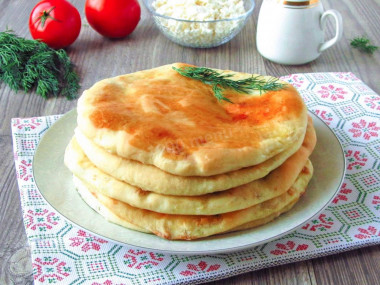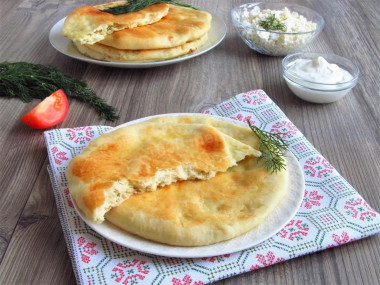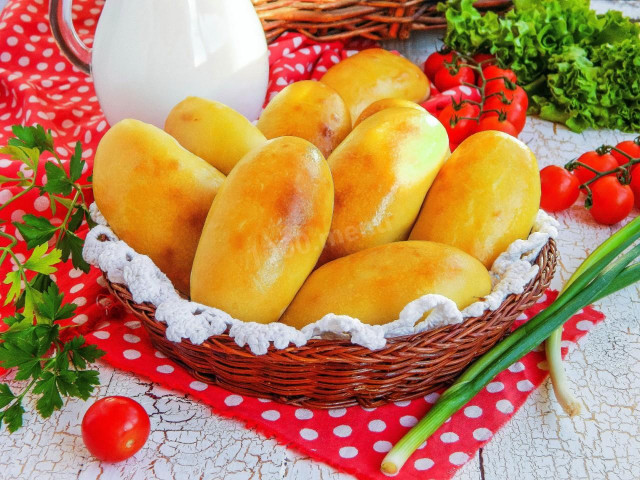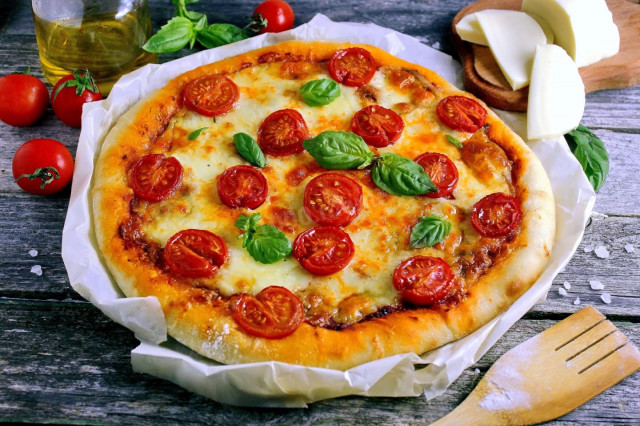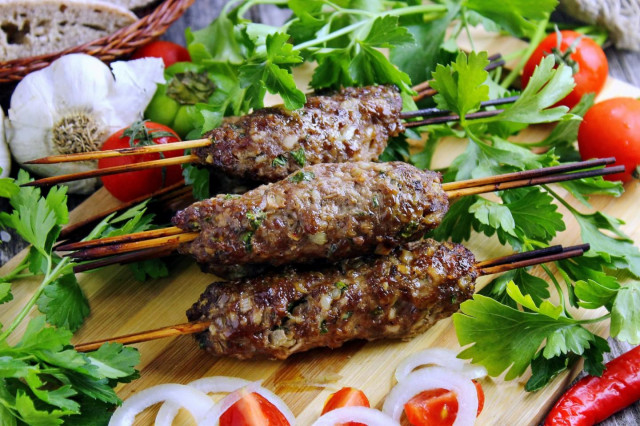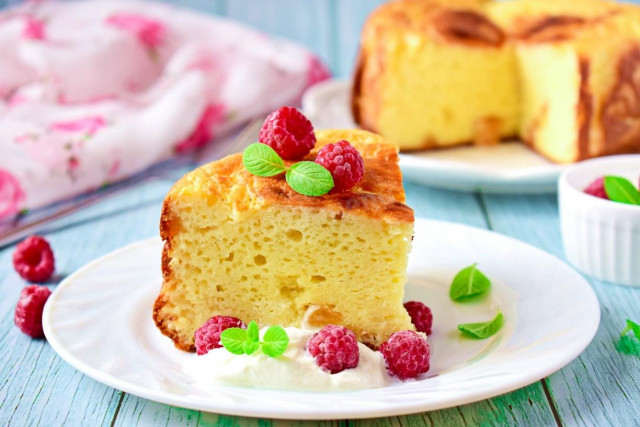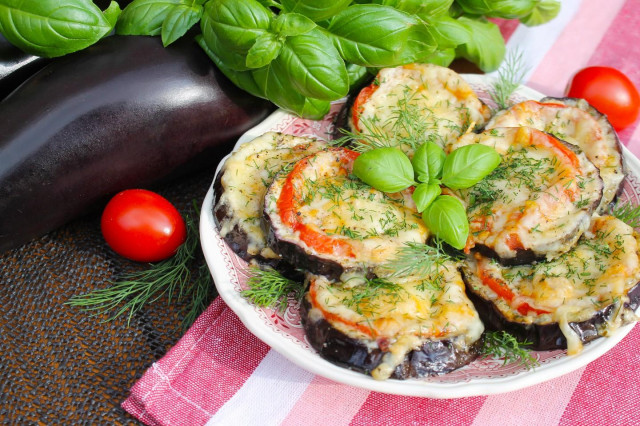Composition / ingredients
Step-by-step cooking
Step 1:

How to make khachapuri with cottage cheese? Prepare the required products according to the list. Take wheat flour of the highest grade, white.
Step 2:
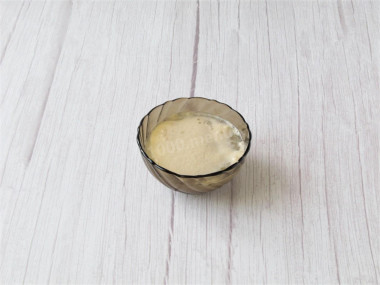
In a separate bowl, combine yeast with sugar, pour lukewarm water, mix. Leave on for 15 minutes until the foamy yeast "caps" appear.
Step 3:
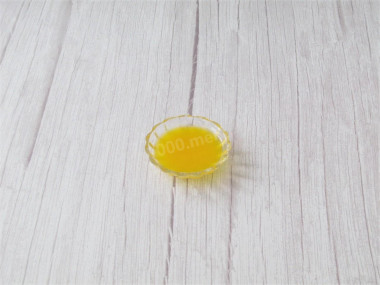
Melt the butter over low heat, let it cool down a little. You can melt it in the microwave.
Step 4:
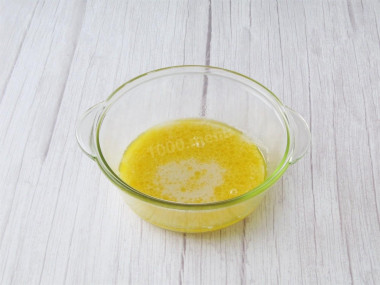
Combine separately vegetable oil and warm butter, activated yeast, salt, mix.
Step 5:
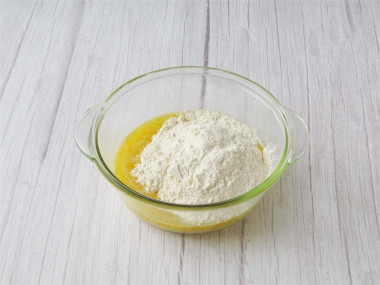
Pour most of the sifted flour into the liquid oil mixture and mix. Then add a little flour, stirring the dough with your hands. It is possible that less flour will be needed, so it is not worth pouring out all the flour at once, so that the dough is not too dense. Focus on the consistency of the dough.
Step 6:
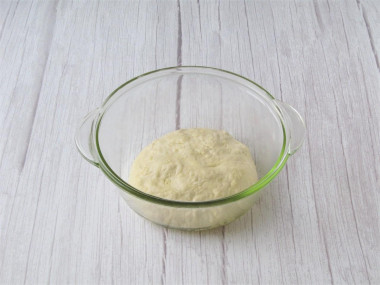
The dough should be soft, pliable, slightly sticky to the hands. Cover the dough with a towel and leave it warm to rise.
Step 7:
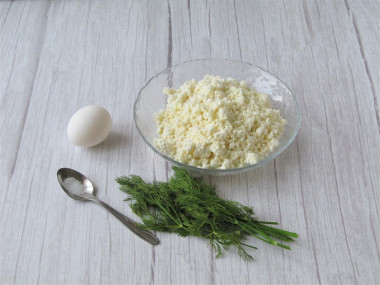
Prepare the filling. Prepare the products.
Step 8:
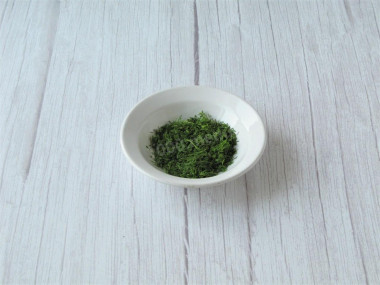
Wash the fresh herbs, dry them, chop them finely.
Step 9:
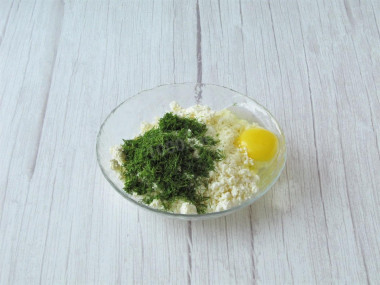
Combine cottage cheese with raw egg, chopped dill, salt and mix well.
Step 10:

In 1 hour and 10 minutes, the dough rose well. If your dough does not rise for a long time, replace the yeast - this means that they may be of poor quality.
Step 11:
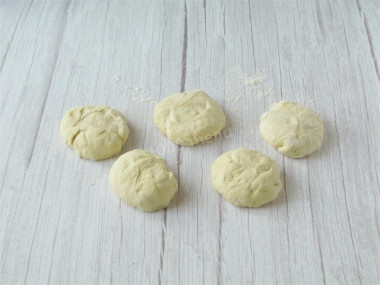
Knead the dough, put it on a floured table, divide into 5 parts.
Step 12:
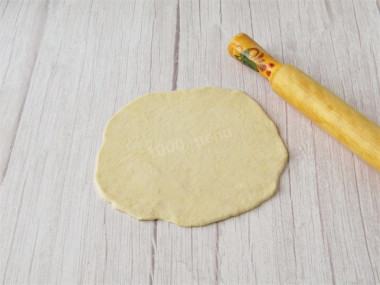
Roll out each part into a round cake 0.5 cm thick.
Step 13:

Put a fifth of the filling in the middle of the tortilla.
Step 14:
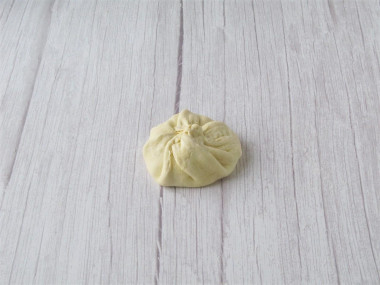
Lift the edges of the tortilla, collect it in a bag, pinch it well.
Step 15:

Gently roll out the tortilla so that the dough does not break.
Step 16:

Combine the yolk with water and vegetable oil, mix.
Step 17:

Put the formed khachapuri on a baking sheet greased with vegetable oil, smear the yolk mixture on top. I baked on two baking sheets at once.
Step 18:
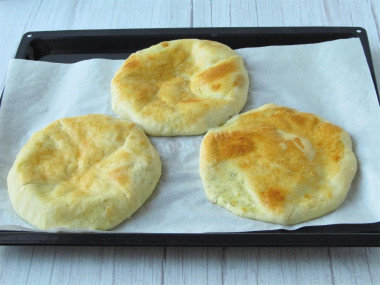
Bake khachapuri in a preheated 180 degree oven for about 25 minutes until golden brown. Focus on the features of your oven. Let them cool a little and serve. Bon appetit!
"Hacha" means cottage cheese (aka cheese), and "puri" means bread. That is, khachapuri is bread with cottage cheese or cheese.
Cottage cheese for the filling should not be taken dry, not fat-free, then the filling will be tender and delicious.
You can add any greens, or you can do without it. But in my opinion, the greens give the filling a more pronounced and spicy taste.
I used to cook khachapuri on kefir, frying in a dry frying pan. I liked this recipe more. Baking turns out to be more voluminous, and the dough is surprisingly soft and tender even after cooling down. Of course, the time costs are greater here.
These hearty tortillas can be served independently, for example, for breakfast. Or as a substitute for bread for the first and second hot dishes.
Khachapuri is better to eat warm, so they are more delicious and fragrant.
Be prepared for the fact that flour may need more or less than indicated in the recipe. Focus not on the amount of flour, but on the desired consistency of the dough. To avoid mistakes, read about flour and its properties!
The liquid in which yeast is bred should be pleasant to the touch, no higher than 40 degrees. Why is this important? In a warm environment, yeast is well activated, in a hot one it will die, and in a cold one it simply will not work. To avoid unpleasant surprises, check the yeast before mixing with the rest of the ingredients. Pour a little warm milk into a bowl, stir in the yeast. Cover the bowl with a kitchen towel and put it in a warm place without drafts for 10-15 minutes. During this time, a foam yeast cap should appear on the surface of the sponge. If this did not happen, then the fermentation process has not started (the yeast is overdue or spoiled). In this case, it is worth taking other yeast, otherwise baking will not work.
Keep in mind that everyone's ovens are different. The temperature and cooking time may differ from those specified in the recipe. To make any baked dish successful, use useful information about the features of ovens !
Caloric content of the products possible in the composition of the dish
- Chicken egg - 157 kcal/100g
- Egg white - 45 kcal/100g
- Egg powder - 542 kcal/100g
- Egg yolk - 352 kcal/100g
- Ostrich egg - 118 kcal/100g
- Cottage cheese of 40% fat content - 466 kcal/100g
- Cottage cheese of 20% fat content - 233 kcal/100g
- Cottage cheese of 18% fat content - 226 kcal/100g
- Cottage cheese of 10% fat content - 156 kcal/100g
- Low-fat cottage cheese - 75 kcal/100g
- Cottage cheese with sour cream - 260 kcal/100g
- Fruit cottage cheese - 147 kcal/100g
- Soft dietary cottage cheese - 170 kcal/100g
- Vitalinia cottage cheese - 64 kcal/100g
- Cottage cheese "morning" ( "danone") without sugar - 91 kcal/100g
- Cottage cheese - 156 kcal/100g
- Dill greens - 38 kcal/100g
- Granulated sugar - 398 kcal/100g
- Sugar - 398 kcal/100g
- Butter 82% - 734 kcal/100g
- Amateur unsalted butter - 709 kcal/100g
- Unsalted peasant butter - 661 kcal/100g
- Peasant salted butter - 652 kcal/100g
- Melted butter - 869 kcal/100g
- Vegetable oil - 873 kcal/100g
- Salt - 0 kcal/100g
- Water - 0 kcal/100g
- Wheat flour - 325 kcal/100g
- Egg yolks - 352 kcal/100g
- Dry yeast - 410 kcal/100g


